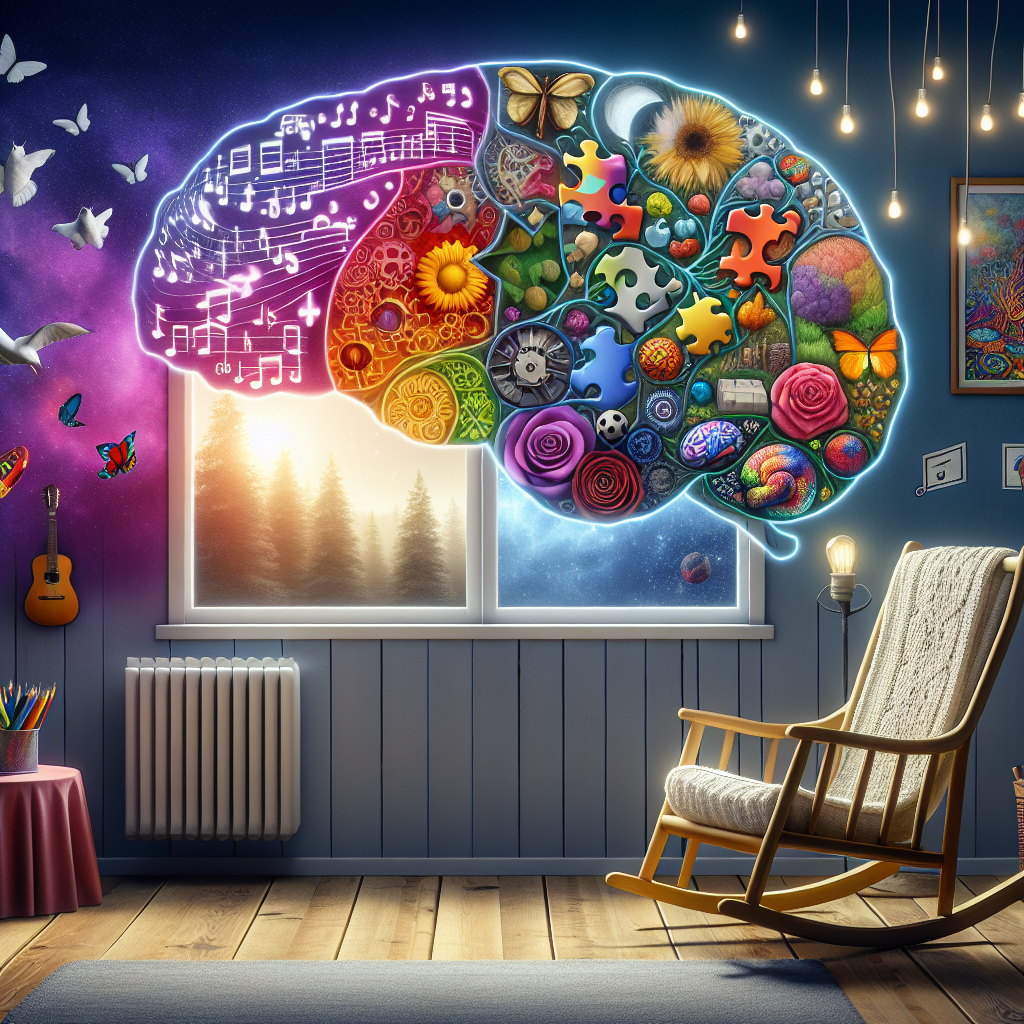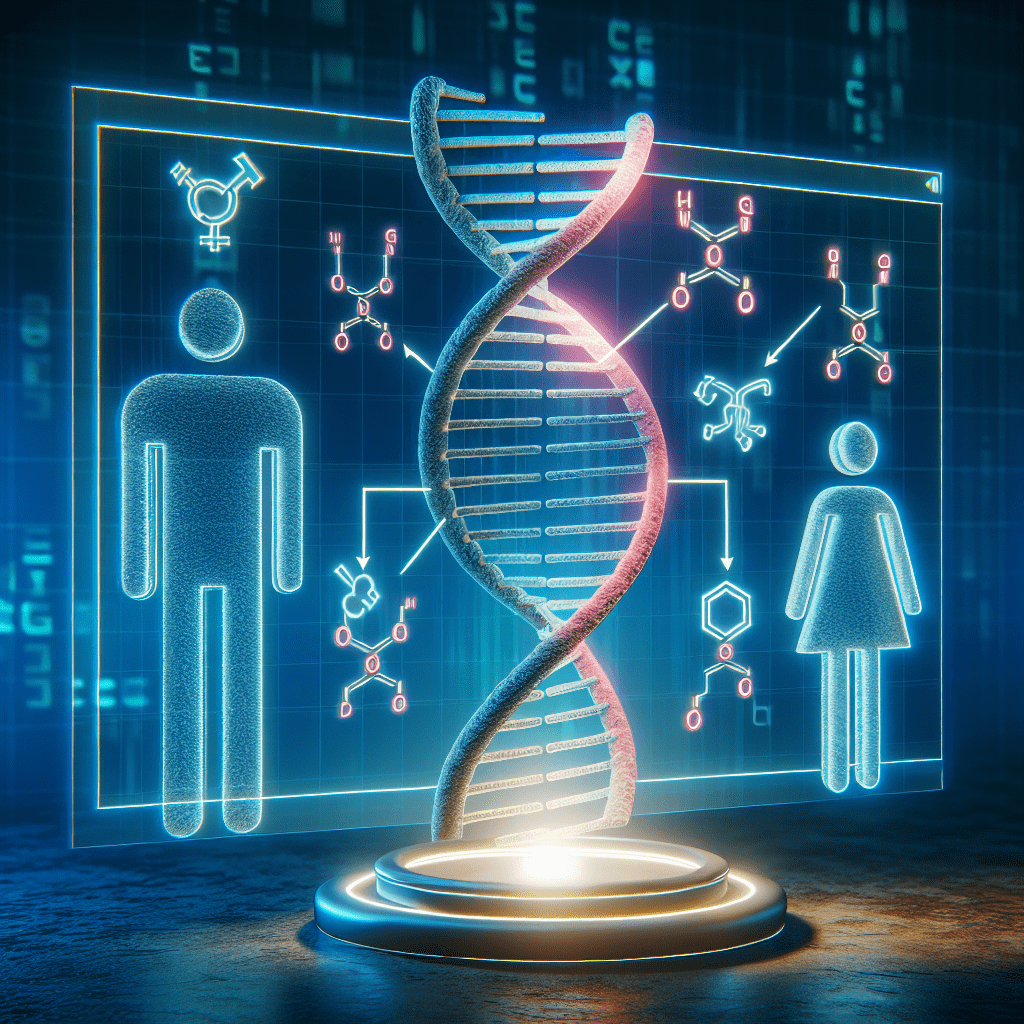How Do Autistic Adults Show Love? Understanding Unique Expressions of Affection
How do autistic adults show love? This is a question that often arises in conversations about autism and relationships. Love, an intricate and multifaceted emotion, can be expressed in myriad ways, and for autistic individuals, these expressions may differ from societal norms. Understanding how autistic adults exhibit love is crucial for building meaningful relationships and reducing misunderstandings.
Many individuals on the autism spectrum experience the world differently. Their emotional expressions and interpretations can be nuanced and uniquely personal. Therefore, to appreciate how autistic adults show love, we must first acknowledge the diversity of the autistic experience. This article will explore the ways autistic adults convey their affections, the importance of understanding these expressions, and how we can foster deeper connections with them.
Understanding the Autistic Perspective on Love
To answer the question, “How do autistic adults show love?” it’s essential to comprehend the unique ways they perceive and express emotions. Love may not always manifest through traditional means such as verbal affirmations or grand romantic gestures. Instead, it often emerges through actions and behaviors that might be overlooked or misunderstood by those outside the autistic community.
For many autistic individuals, love is demonstrated through consistency and routine. They may prioritize spending time with loved ones, following shared routines, and engaging in activities together. These behaviors signify closeness and bonding for autistic adults. When they advocate for their need for sameness, it signifies a desire for stability in the relationship.
Moreover, let’s consider the significance of honesty and authenticity in love expressions. Autistic adults often value direct communication over the subtle nuances commonly associated with social interactions. When they express affection, it is typically straightforward and sincere. They may say “I love you” or engage in acts of kindness without the encumbrance of social pretenses. This direct manner can be refreshing for their partners, fostering an environment of openness.
Further exploring how autistic adults show love, tactile affection can play a significant role. Many autistic people have a unique relationship with touch; they might be selective about whom they feel comfortable with. Hence, a hug, a gentle touch, or even sitting close to someone can serve as strong gestures of love. It’s essential to note that these expressions can often be more meaningful than verbal declarations.
Additionally, shared interests are a common avenue for expressing love among autistic individuals. They might dedicate time to engage in a partner’s interests, showcasing their affection by immersing themselves in what their loved one enjoys. Whether it’s watching a favorite movie repeatedly or indulging in a shared hobby, these acts can express devotion and love without words.
The Role of Nonverbal Communication in Expressing Love
Nonverbal communication is another vital aspect when considering how do autistic adults show love. For many autistic individuals, the subtleties of body language can either be confusing or a preferred method of communication. It’s not unusual for them to express their feelings through actions rather than words, adding another layer to their relationships.
For instance, maintaining eye contact can be challenging for autistic individuals; however, their willingness to engage in this behavior when with someone they care about can indicate affection. Eye contact, even if brief, can signify trust and connection, and for many on the spectrum, making this effort signifies a strong emotional bond.
Another form of nonverbal communication is through thoughtful gestures. How do autistic adults show love? Sometimes it’s as simple as remembering small details—such as a partner’s favorite snack or a song they love—and bringing it up during conversations or surprising them with it during a day together. Such actions can reflect deep consideration and affection.
Expressions of love through nonverbal means can also include engaging in joint attention. When an autistic adult shares an interest in something with another person, like pointing out a beautiful sunset or a fascinating bug, they exhibit a desire to connect more profoundly. This shared attention isn’t just about experiencing something together; it signifies the importance of the other person in their life.
Furthermore, rituals and routines are often significant in autistic relationships. Autistic adults may develop specific rituals that bond them with their loved ones, whether it’s a weekly game night or a yearly trip to the same location. Maintaining these traditions showcases commitment and love in ways that may be more appreciated within the context of their experiences.
How Communication Style Influences Expressions of Love
Another facet of understanding how do autistic adults show love is to look at their unique communication styles. Many autistic individuals prefer clear, unambiguous communication, which significantly impacts how they articulate affection and love toward others. Understanding this can help enhance our connections with them.
For example, when an autistic person says, “I enjoy our time together,” it may feel less romantic than a sweeping declaration. However, the candidness of this expression signifies genuine affection. By appreciating that their love language tends to be sincere and direct, partners can become more attuned to the depth of those expressions.
Moreover, some autistic adults may struggle with verbal communication. They might express themselves through written means or alternative augmentative communication devices. If an autistic partner shares a heartfelt message through a text or symbolic images, these should be regarded as equally valid expressions of love.
Incorporating humor can also enhance the connection between autistic adults and their loved ones. Many autistic individuals may express their love through shared jokes or personal humor. Laughter can serve as a significant bonding experience, creating memories that epitomize love and appreciation in a unique light.
Additionally, patience plays a pivotal role in communication. Because of the preference for direct and clear interaction, sometimes responses to emotional assertions may come slowly. For many autistic adults, taking time to process feelings and articulate responses is normal. Therefore, patience can facilitate deeper connections, allowing partners to navigate emotional landscapes regularly.
Conclusion
Understanding how do autistic adults show love opens a gateway to deeper appreciation for the emotional complexities present in autism. Rather than adhering to conventional expressions of love, autistic individuals may demonstrate their feelings through unique methods and behaviors. As we become increasingly aware of these differences, we enhance our relationships, ensuring that love is celebrated in all its forms.
Whether it’s through routine, nonverbal communication, shared interests, or direct honesty, each expression of love from an autistic adult is valuable and genuine. Embracing these forms of affection, rather than expecting traditional norms, can significantly improve interpersonal relationships. It creates a space where love can thrive, allowing both partners to grow and connect beautifully.
FAQs
1. Do autistic adults experience love differently?
Yes, autistic adults often experience and express love differently from neurotypical individuals. Their expressions may be non-verbal or more straightforward, emphasizing actions over words.
2. Are verbal declarations of love less common among autistic adults?
Many autistic individuals prefer simple, clear communication. While verbal declarations of love are not rare, they often express their affections through actions and consistency instead.
3. How important are shared interests in expressing love?
Shared interests can be very important for autistic adults when it comes to expressing love. Engaging in mutual activities can symbolize care and enhance emotional connections.
4. Can touch be a significant part of expressing love for autistic individuals?
Yes, many autistic individuals have a unique relationship with touch. For those who are comfortable with physical affection, tactile gestures can signify love strongly.
5. How can partners support autistic individuals in expressing love?
Partners can support autistic individuals by being patient, understanding their communication styles, and appreciating their unique ways of showing love without imposing traditional expectations.





